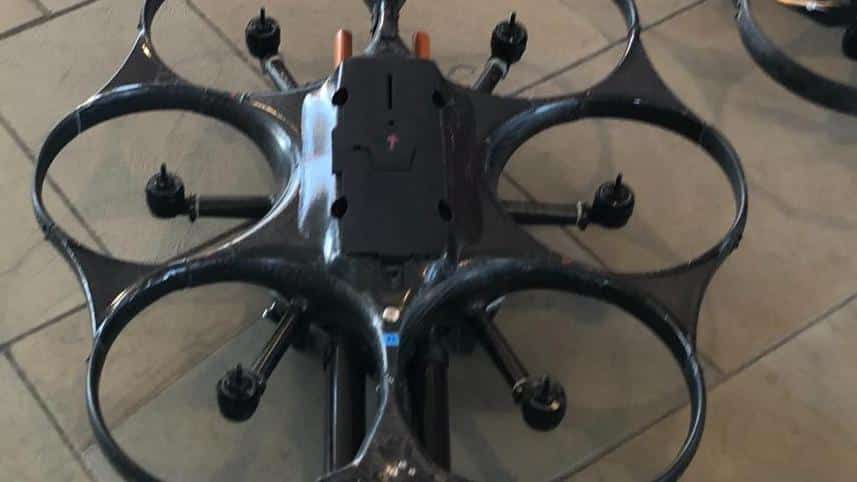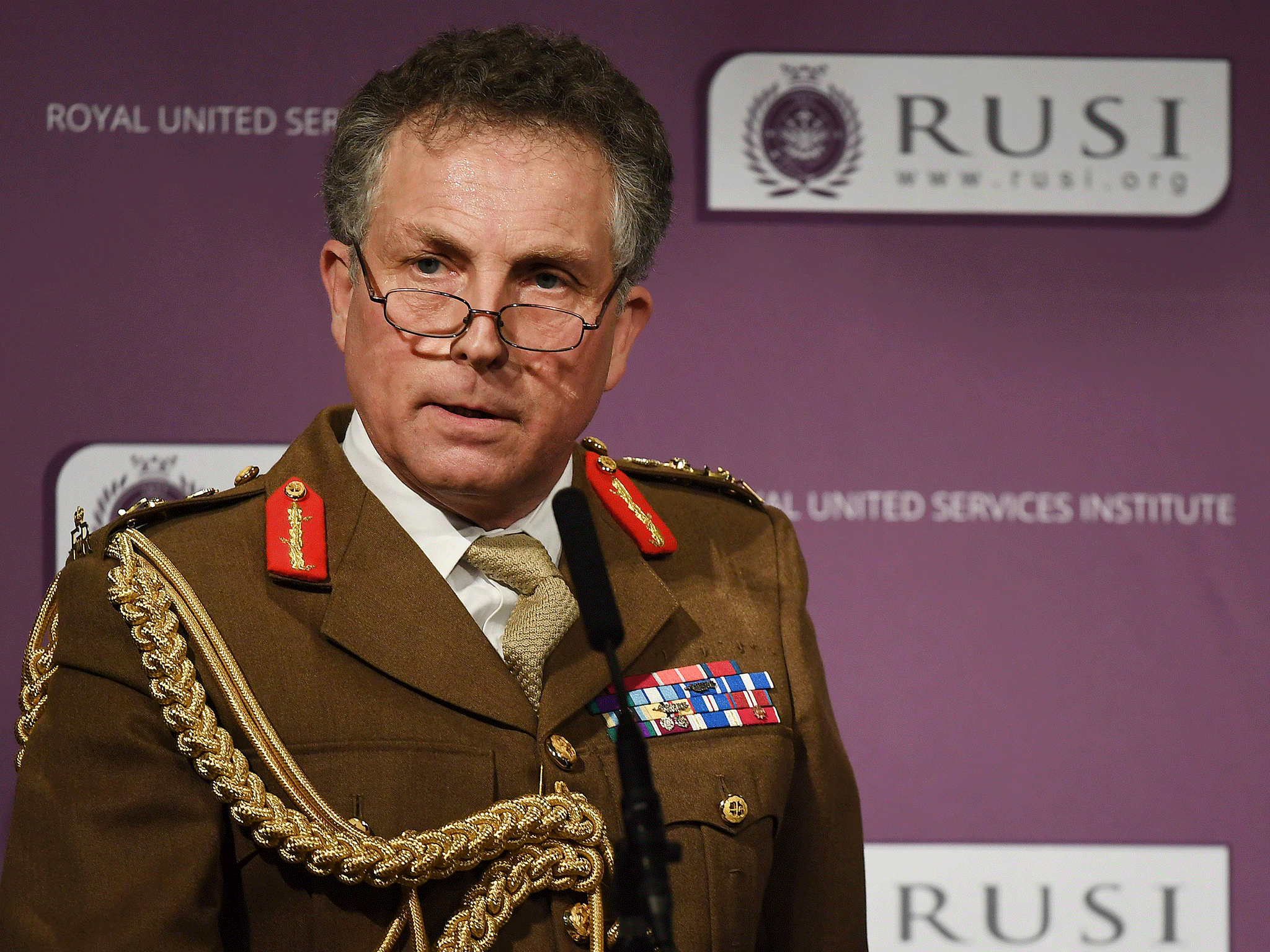Thirty thousand “robot soldiers” could form an integral part of the British Army in 2030, working alongside humans even on the front line.
In a TV interview the general Sir Nick Carter, head of British armed forces, invited the government to proceed with the five-year integrated defense review already decided.
Speaking to Sky News, Carter suggested that "an armed force designed within the 2030s" could include large numbers of robot soldiers, autonomous or remotely controlled machines.
“We could have an army of 120.000, of which 30.000 could be robots,” the soldier said, although he stressed that he was not setting any particular target in terms of numbers.
UK government projects on robot soldiers.
Investment in robotic warfare was to be at the heart of the planned five-year integrated defense review. The future of the measure was thrown into doubt, however, after the chancellor Rishi sunak postponed the review of intergovernmental spending.
Carter says negotiations with Downing Street and the Treasury to save the multi-year deal are "progressing very constructively", pushing for a long-term financial deal.
“We need long-term investments because they give us the opportunity to have confidence in modernization,” the General said.
Meanwhile, human soldiers are in short supply
The army has had some recruiting problems for a few years. The current armed forces number nearly 74.000 men, well below the target of 82.000. It was therefore expected that the threshold would be further reduced to 75.000 units, with technology used to fill these gaps.
All of the British armed forces have been engaged in a number of research projects involving small drones or remotely powered ground or submarine vehicles. Some armed, some for reconnaissance.
The Ministry of Defense ensures that only humans will be able to use weapons, although there is growing concern about the potential danger of a unrestricted robotic warfare.
The risk of new wars

In addition to vehicles more or less updated than the current ones (with the plus of remote driving), the technologies under development include the i9 drone, which is powered by six rotors and carries two heavy weapons. Managed remotely, it can be used to assault buildings, in urban warfare scenarios.
Carter also warned of the risk that the UK could be dragged into a deadly future war if the escalation in robotic and intelligent weapons leads to miscalculations.
History may not repeat itself but it has a rhythm, and if we look back to the last century, before both world wars, I think it is indisputable that there was escalation. It was this that produced the miscalculation that ultimately led to war on a scale we hope never to see again.
Gen. Sir Nick Carter
Carter was rather laconic and not at all reassuring in answering the question about the predictions of a possible new world war.


